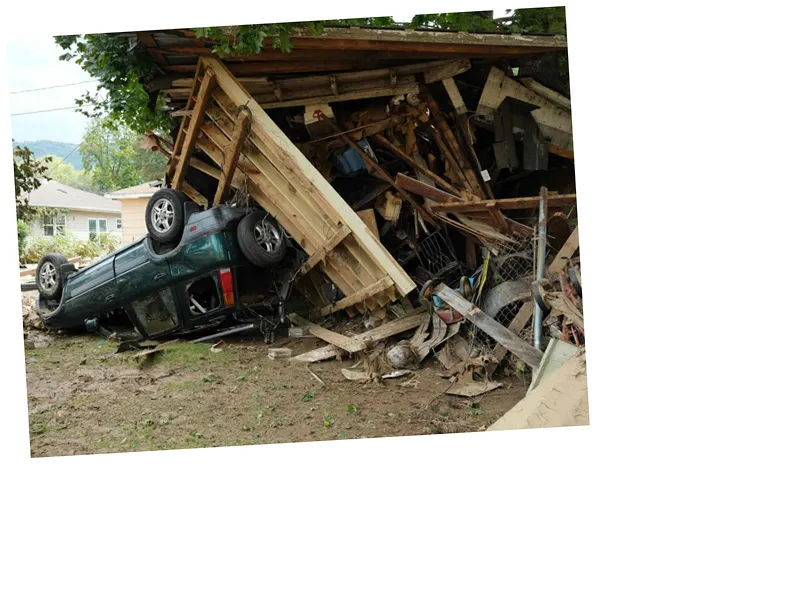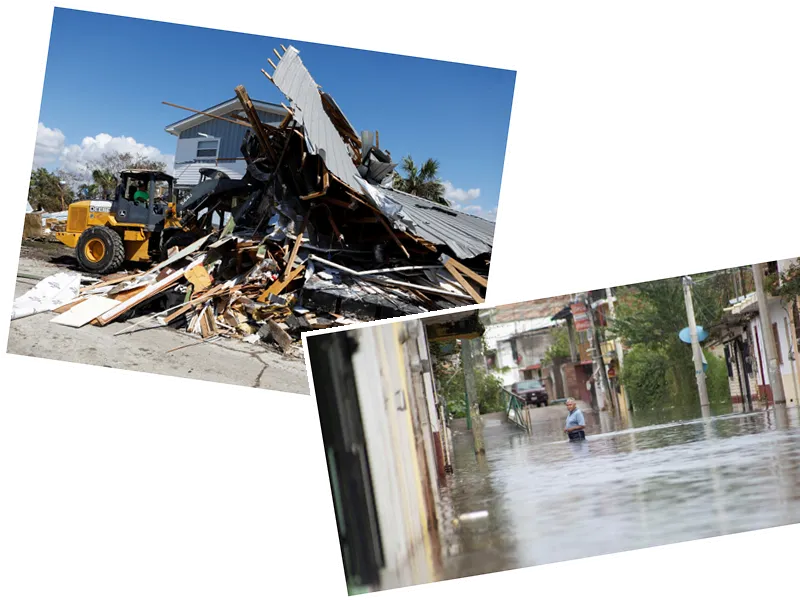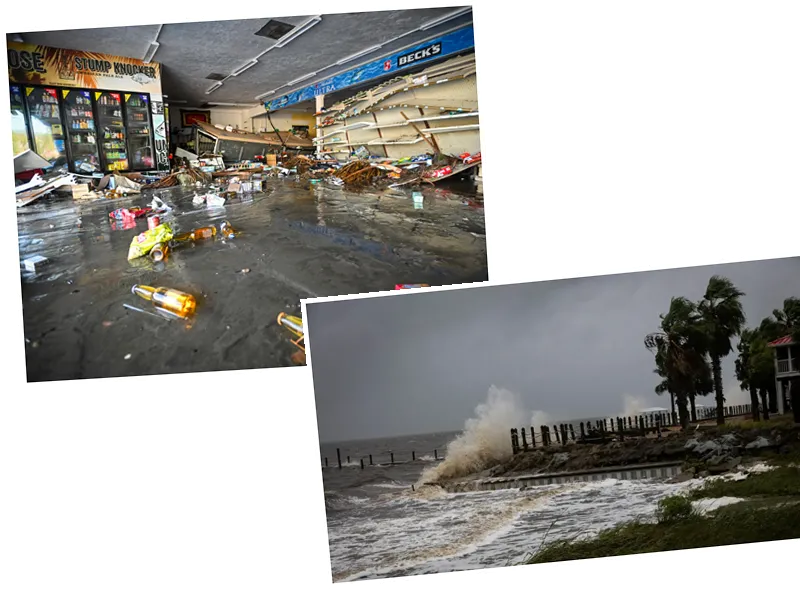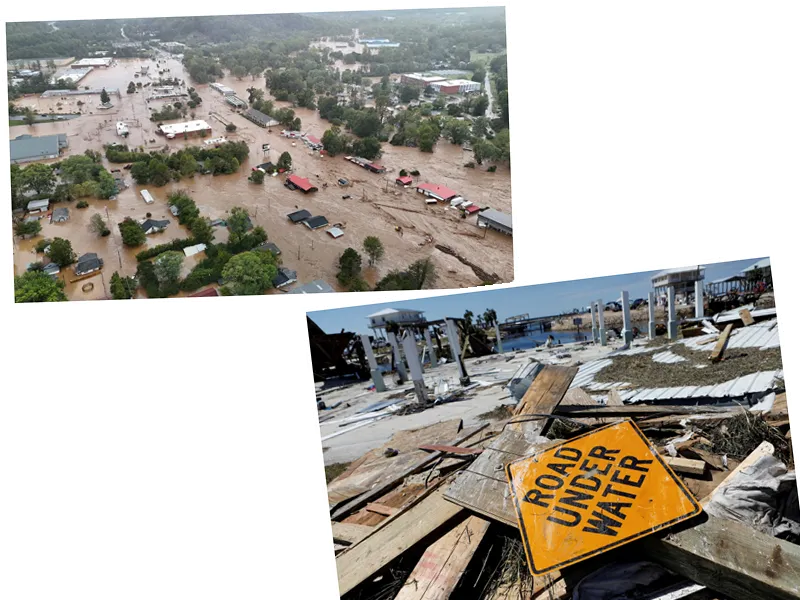Devastating Impact of Hurricane Helen in Southeastern United States
Hurricane Helen has wreaked havoc across several states in the southeastern United States, resulting in over 200 fatalities and extensive destruction. This catastrophic event, now recognized as the second deadliest hurricane to strike the U.S. mainland in over fifty years, has left a significant mark in North and South Carolina, Georgia, Florida, Tennessee, and Virginia. According to reports from AFP, the deadly storm follows in the footsteps of Hurricane Katrina, which claimed thousands of lives in 2005.
In the aftermath of Hurricane Helen, emergency responders have been working tirelessly, with more than 10,000 federal personnel deployed to assist local rescuers. Despite these efforts, the death toll is expected to rise as many individuals remain unaccounted for in hard-to-reach mountainous regions. The hurricane's impact has also led to widespread power outages, affecting approximately 1.2 million homes and businesses in Florida, 1 million in Georgia, 1.3 million in South Carolina, and 600,000 in North Carolina.
Federal Response and Recovery Efforts
President Joe Biden has been actively engaged in the recovery efforts, visiting affected areas to assess the damage firsthand. On Thursday, he toured the northern Gulf Coast of Florida, where the hurricane made landfall as a Category 4 storm with winds reaching 225 km/h. His aerial survey of the devastation was followed by a visit to the severely impacted community of Keaton Beach, where he walked among the ruins of homes and businesses. Following his visit to Florida, President Biden is expected to travel to Georgia to continue assessing the storm's impact.
As recovery efforts continue, the focus remains on providing assistance to those affected and restoring power and services. The scale of destruction from Hurricane Helen serves as a stark reminder of the increasing intensity and frequency of severe weather events linked to climate change.





